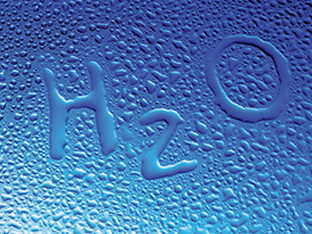Ipssum, a division of Redes Sociales, is a firm which specializes in corporate sustainability focused on environmental issues through the promotion of sustainable patterns of consumption and production.
To guide organizations towards more sustainable practices and achieve recognition for their achievements.
To be the leader in measuring the organizational environmental impacts and in certificating sustainable achievements.
• Carbon Footprint
• Water Footprint
• Consulting services for international environmental certifications
We offer consultancy to obtaining environmental certifications and international environmental management systems such as ISO 14000, Carbon Trust Standard, Carbon Trust Standard Water, Carbon Trust Standard Waste and Carbon Footprint Label family.
The ISO 14000 family supports companies from different sectors to develop an environmental management system and provides an internationally recognized method to measure their emissions reliably.
The Carbon Trust Standard certifies corporate commitment to measure and reduce their carbon footprint. Carbon Trust, in its standards, awards a label those goods or services that have measured their carbon footprint and / or reduce the same; distinguishing their products or services in the market.
The measurement of the water footprint is vital for any company. Being the most important natural resource of human activities, its care is more important than controlling GHG emissions. Through the methodology of the Water Footprint Network, we perform the measurement of the water footprint and accompany your company to obtain the international certification Water Footprint Assessment.
It refers to surface and underground freshwater, in other words, freshwater lakes, rivers and aquifers. The blue water footprint includes surface and underground freshwater consumed for the production of a good or service; includes surface and underground water abstracted from a basin and release on another basin or the sea. That is, the freshwater withdrawn from a basin that does not return to the same (WFN, 2014).

It refers to rainwater that do not recharges aquifers and that is stored in the topsoil. Green water is productive for crops and forest products. The green water footprint is the rainwater consumed during the crop production process and it includes the evotranspiration water consumed during crop production (WFN, 2014).

Refers to fresh water that has been contaminated but their quality is still above the local quality standards. The gray water footprint is calculated as the volume of water that is required to dilute pollutants to such an extent that the quality of the water remains above agreed water quality standards. (WFN, 2014)

Virtual water refers to the water content of a product in a "virtual" manner, that is to say, the consumed or polluted water throughout the production process along the entire value chain. The difference with the water footprint is that this refers to the volume, type of water consumed and where and when water is consumed; is a much more refined than virtual water that just refers to volumes consumed or contaminated (WFN, 2014).
